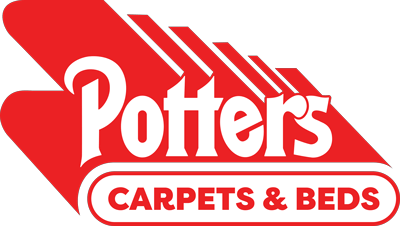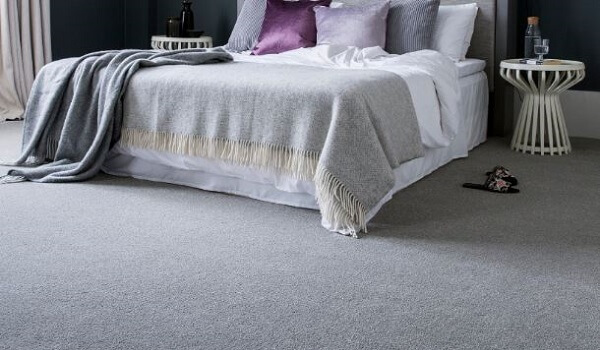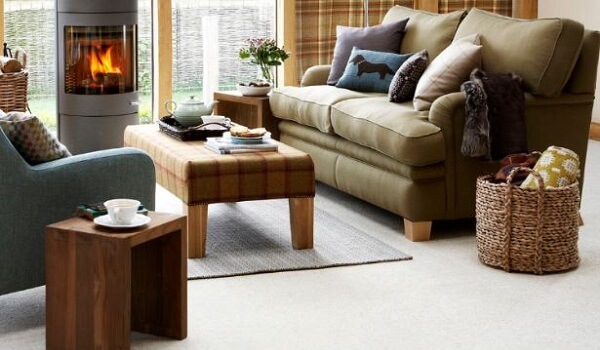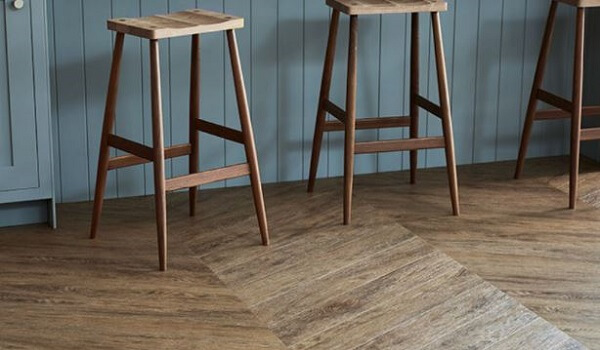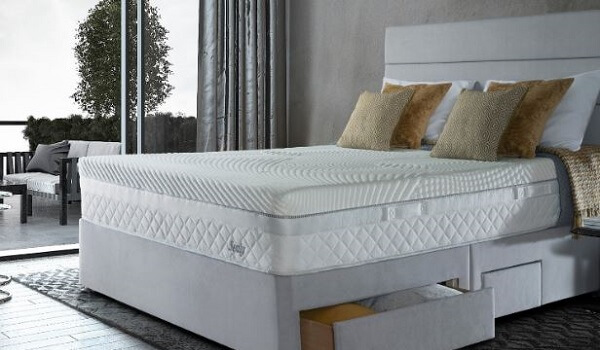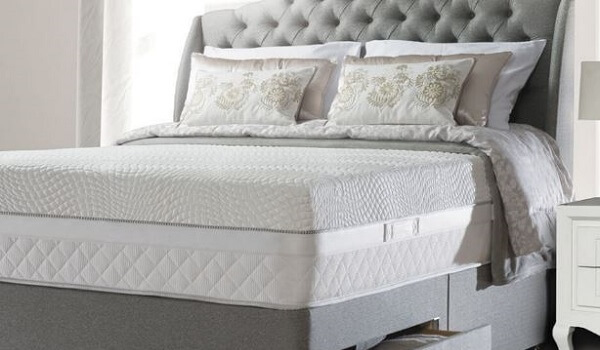Published on 14 January 2024
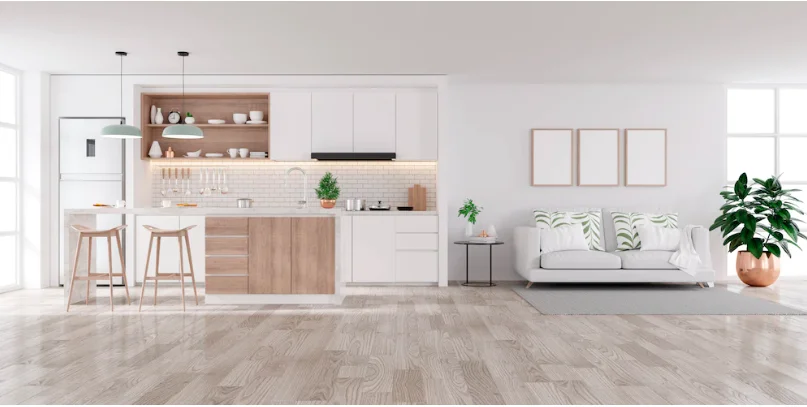
Welcome to the definitive guide on Luxury Vinyl Tile (LVT) flooring. Luxury Vinyl Tile is a game changer in interior design, as it brings together both functionality and style. It’s both tough and durable and looks great in your room. From its technological innovations to installation secrets and why it stands out as a top-tier option in flooring solutions, we’ll answer all of your questions about luxury vinyl tile and how it can be great for your home.
What sets LVT apart from other flooring
The technology behind Luxury Vinyl Tile flooring is the latest in the flooring industry. At the heart of LVT’s appeal is the integration of high-resolution 3D printing technology, allowing for an astonishing level of detail and realism in replicating the textures and patterns of natural materials like wood and stone. Embossed-in-register (EIR) texturing adds an extra layer of authenticity, giving LVT a tactile finish that mirrors the feel of genuine hardwood or stone. Beyond just looks, LVT benefits from innovative wear layer technology, making it incredibly durable and resistant to scratches. This combination of cutting-edge printing, texturing and protective layers not only gives LVT an unparalleled visual appeal, but also makes sure it stands up to the tests of daily life. This all comes together to make Luxury Vinyl Tile a technologically advanced and practical flooring choice.
Is LVT flooring better than laminate?
While both Luxury Vinyl Tile flooring and laminate can be cost-effective alternatives to traditional materials, LVT typically outshines laminate in terms of durability, water resistance and its versatile design options. LVT has superior moisture resistance to laminate flooring, making it a great choice for bathrooms and kitchens. Its high-resolution printing technology creates remarkably realistic imitations of natural materials, so the look of LVT is at least parallel to that of laminate flooring. On top of this, LVT tends to be more durable and resilient to scratches and impacts compared to laminate. While both options can be a great flooring choice for your room, LVT is often preferred as it has a perfect balance between style, durability and practicality.
Does LVT scratch easily?
LVT is known for its durability and resistance to scratches, so it’s great for high-traffic areas. The wear layer on LVT gives it a protective barrier against daily use, meaning it’s less likely to suffer scratches from furniture and pet claws etc. However, just like any flooring, the quality of the product really impacts its wearability. Higher-quality LVT with a thicker wear layer generally offers better scratch resistance. And while LVT is less prone to scratches than some other flooring options, it’s best to use protective measures like furniture pads to look after it well and keep up the pristine appearance over time.
Installation tips for Luxury Vinyl Tile
Installing Luxury Vinyl Tile (LVT) can be a straightforward process. Start by making sure the subfloor is clean and level. Now’s the time to address any imperfections in the floor to give it a smooth surface for the LVT to attach to. Acclimatising the LVT flooring prior to install is of the utmost importance if you want to have a seamless installation process.
Lots of LVT products feature click-and-lock installation systems, making it DIY-friendly. Start installing in a corner and work towards the opposite wall, interlocking the tiles or planks securely as you go. Pay careful attention to the manufacturer’s guidelines about expansion gaps and patterns. Trim the edges as needed for a seamless fit and use transition strips in doorways or between different flooring.
As you’re working, regularly check for glue residue and clean up any excess and spills quickly. Whether you’re a seasoned DIY enthusiast or relying on professional installers, following these tips will make sure your LVT installation is successful and looks immaculate.
Do you need underlay for LVT?
While Luxury Vinyl Tile (LVT) flooring is renowned for its versatility and adaptability, whether you need underlay will depend on your specific flooring and subfloor. In lots of cases, underlay isn’t strictly necessary for LVT, as it is inherently softer and warmer underfoot compared to other hard flooring options. However, underlay can add extra benefits like sound insulation, extra comfort and even moisture resistance, so you might want to use it for your project anyway. In rooms that are prone to moisture or over concrete subfloors, using a moisture barrier underlay can be a good idea. Ultimately, the decision to use underlay with LVT depends on the specific requirements of your room and your preferences. With many LVT products designed to be installed directly over a variety of subfloor types, underlay isn’t essential and using it or not can be totally up to you.
What are the disadvantages of LVT?
While Luxury Vinyl Tile (LVT) offers lots of advantages, just like any other flooring it’s not without its drawbacks.
While it’s very durable, it can still be damaged by sharp objects and can be scratched by furniture if not protected properly. Also, despite being durable, lower-quality options may experience wear and tear over time. Although LVT is water-resistant, flooding or excessive moisture can potentially damage the adhesive used to install it. And while LVT is often considered a cost-effective alternative, high-quality versions can be pricier.
Let Potters Carpets and Beds Find Your Perfect Flooring
LVT is just like any other flooring option, with both pros and cons to its use. It’s best to consult an expert like Potters Carpets and Beds to make sure you’re getting the right flooring for your room. Transform your space and explore our exquisite range of flooring. Get in touch today to find your perfect blend of style, function and comfort.
